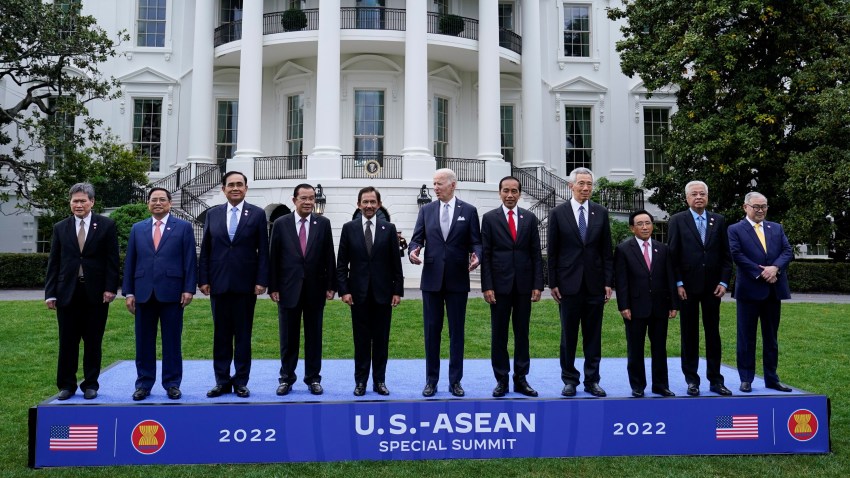Many observers believed that Russia’s invasion of Ukraine in February 2022 would thwart the United States’ efforts to reorient its strategic focus to the Indo-Pacific region amid China’s resurgence. For now, though, Washington may actually be accelerating its long-sought rebalance.
For more than two decades, successive administrations have sought to recalibrate the center of gravity of U.S. foreign policy away from the Middle East and toward the Indo-Pacific. While the Bush, Obama and Trump administrations each registered a number of achievements to that end, they nonetheless found it difficult to accomplish the larger goal: prioritizing a region that they assessed would be increasingly central to the United States’ strategic outlook.
The attacks of Sept. 11, 2001, compelled the Bush administration to make its principal focus counterterrorism. Syria’s descent into civil war in the early 2010s as well as the Islamic State’s rise to prominence consumed much of the Obama administration’s bandwidth. And while the Trump administration made strategic competition with China a linchpin of its foreign policy, its “America First” framework unnerved even those of Washington’s regional allies and partners that shared the administration’s concerns about Beijing’s behavior and ambitions.

